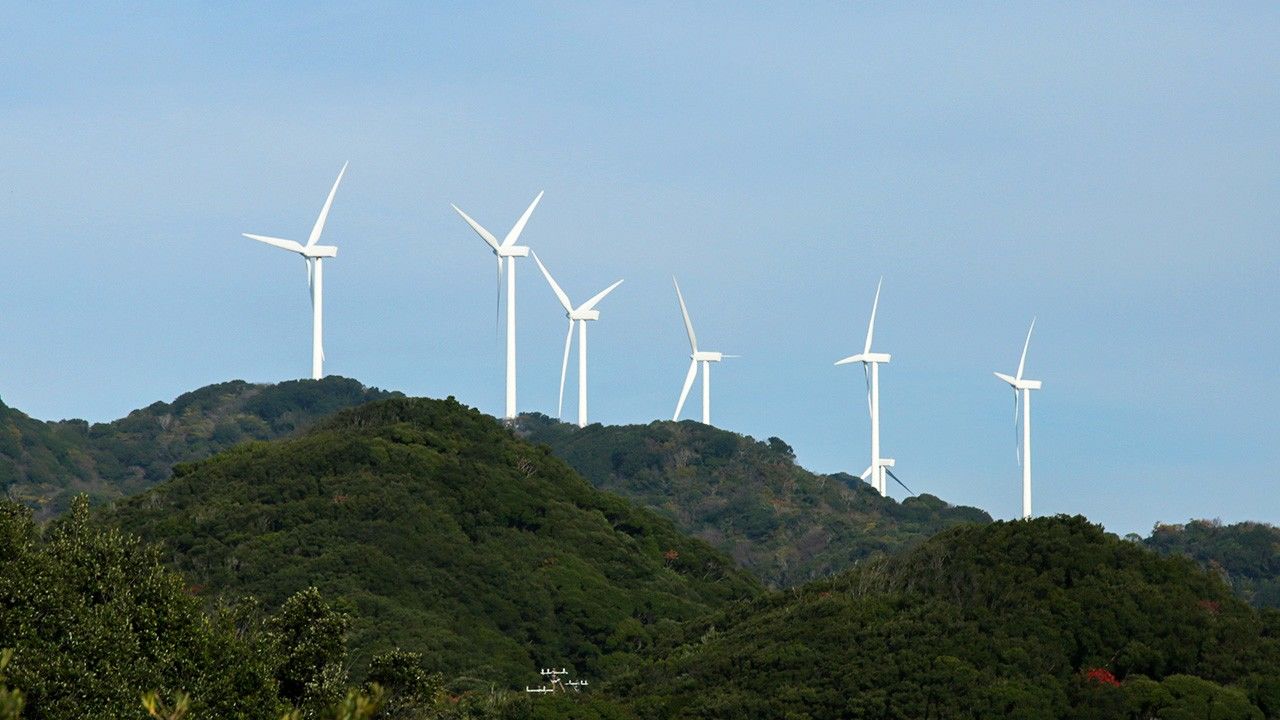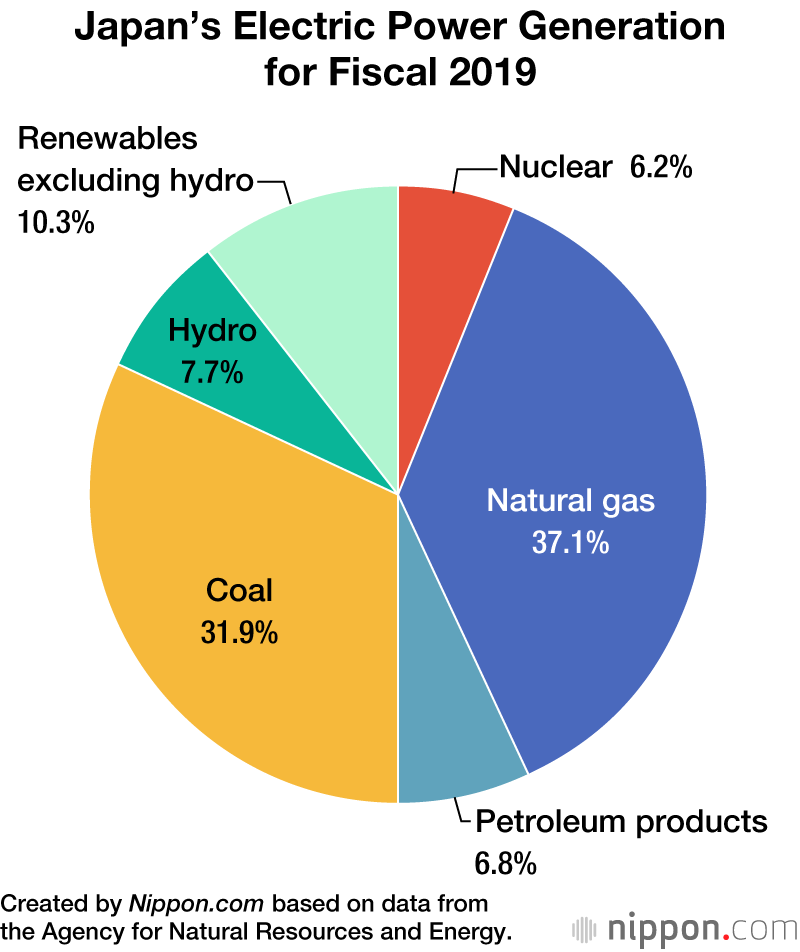
Renewables Account for 18% of Japan’s Energy Generated in Fiscal 2019
Environment Economy Society- English
- 日本語
- 简体字
- 繁體字
- Français
- Español
- العربية
- Русский
Renewable energy sources made up only 18% of Japan’s total electricity supply in fiscal 2019.
According to the 2020 Energy White Paper published by the Agency for Natural Resources and Energy, major renewable contributors included hydro, solar, wind, biomass, and geothermal power sources. Japan’s rate for renewables excluding hydro was 10.3%.
By contrast, some major European countries show much higher rates of renewable energy, with 35.3% in Germany, 33.5% in Britain, 38.2% in Spain, and 39.7% in Italy. Even if Japan meets a target of a rate between 22% and 24% by the year 2030, there will still be a significant gap.
Elsewhere, the rate of renewable energy usage is 25.5% in China, 19.6% in France, and 16.8% in the United States. Canada, which depends on hydropower for 59.0% of its energy, leads with an overall renewable energy rate of 66.3%.
China generated the highest total amount of electricity through renewables at 730 gigawatts, followed by the US at 280, Brazil at 134, and Germany at 126. Japan ranked sixth at 114 gigawatts. Looking just at solar-generated electricity, Japan has 56 gigawatts, ranking it third behind China (175 GW) and the United States (62 GW).
Japan’s energy self-sufficiency rate is 11.8%, with a near-bottom ranking of 34th among the 35 OECD member countries. For the past few years, Japan’s level of energy self-sufficiency has hovered between 6% to 11%. This is nearly half the 20.3% it had in 2010 before the Great East Japan Earthquake led to the suspension of operations at nuclear power plants across the country.
(Translated from Japanese. Banner photo: Wind turbines off the coast of Cape Irōzaki in Shizuoka Prefecture, in December 2016. © Jiji.)


